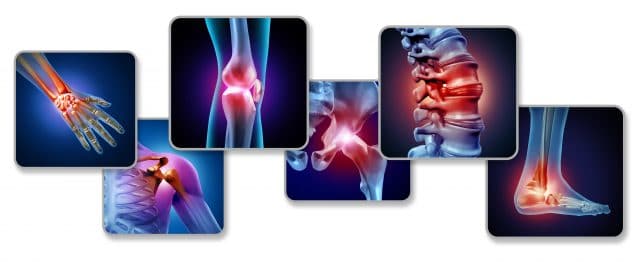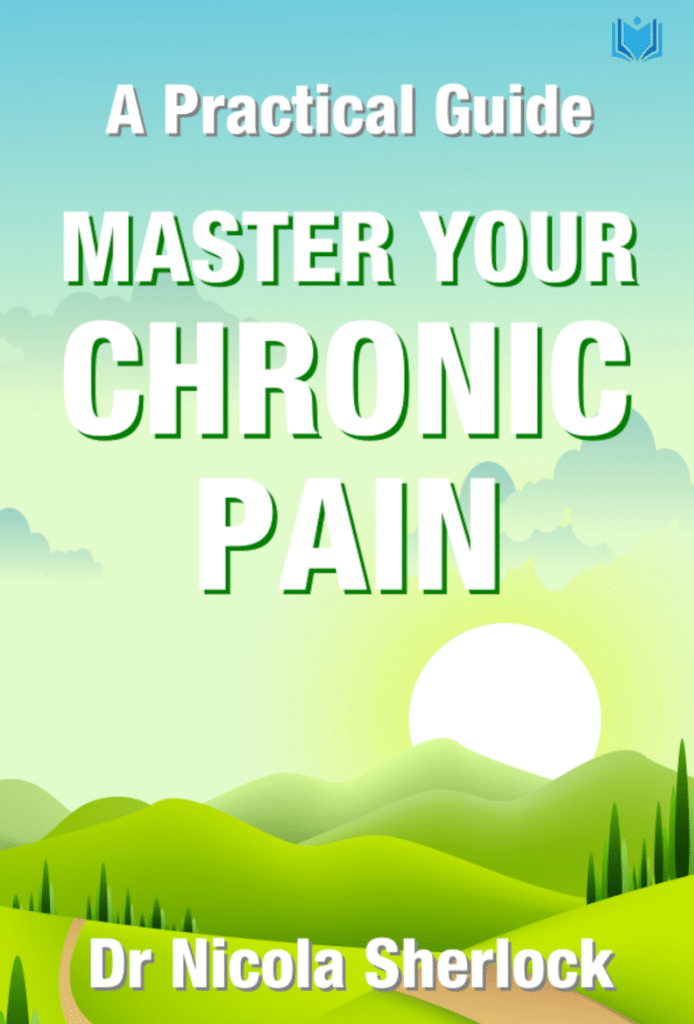PROLOGUE
The wound is the place where the light enters you. Rumi
I thought that I had finished this book, but then something happened in my life that led me to write this prologue. The week that I finished the first draft of the book, I developed sciatica.
Initially, it developed as a feeling of pins and needles in my right leg, then over a period of a couple of weeks, it got more painful. I took a few days off work and subsequently returned feeling much better.
About a week after my return to work, however, the sciatica returned with a vengeance. I experienced rip-roaring leg pain. The pain was worse when I sat down, and if I had to sit for more than a few minutes, it became almost unbearable. I could barely walk and struggled to find a comfortable lying position. I couldn’t believe that this had happened to me out of the blue! I was fit and healthy, working out in the gym five or six times a week. Overnight, I became someone who could barely walk; someone who couldn’t sit and couldn’t work.
For months there was little improvement, but gradually my pain began to improve. As I write this, my sciatica has significantly improved and I have recently returned to work, even though the pain has still not resolved. I am hopeful that I am on the road to recovery. I don’t know what that recovery will look like; I am unsure whether I will be pain-free or whether I – like you – will have to learn to live with pain. Before I finally finished this book, I wanted to reflect a little bit about my experience of living with pain; pain that was often intense, over a period of months.
I have learned that fear of movement is a very real thing! I have spent most of my professional life working in a persistent pain service, and I know that remaining active is an important part of recovering and living with pain. I also know that after I developed my pain, whenever I was active, my mind screamed at me to stop it.
My physiotherapist encouraged me to go for short walks, walks of around 10 minutes duration if I could manage it. I understood the rationale behind this, I have read the research literature on activity, and I had written the book on it! But still, my mind tried to persuade me that every painful step was too difficult, and that my body was not meant to move when I was in this much pain. I had to work hard to become an observer of my mind. I had to remind myself – again and again – that my mind may not always provide the most helpful advice. I had to remember that even though my slow, shuffling walks were painful, they would ultimately help my recovery.
It is difficult to accept that you cannot make the pain go away. I have written about acceptance and how the struggle against unwanted thoughts, emotions, and physical sensations can increase your suffering. I knew that it would be better for me if I could accept my situation, but I found this challenging. It was hard to accept that I was in pain and that I had to take some time out from work. I hadn’t time to be off work! Initially, I thought that I could just push through the pain, and I adopted that “No Pain, No Gain” mentality that I caution against later in this book. This approach didn’t last long. I quickly learned that it wasn’t going to work and that I needed to accept that pain was part of my life, that I couldn’t make it disappear, and (surprise, surprise) I had to learn to manage it!
It is hard to live in the present. For a number of years, I have been practising mindfulness meditation and trying to be more mindful and present in my everyday activities. When my sciatica was really bad, when nothing seemed to be helping it, I struggled to live in the present, even for short periods of time. My mind was constantly jumping to the future, telling me stories about how I would never be able to walk properly again, how I would never be able to go back to the gym, how I would not be able to do my job again due to my inability to sit for more than a couple of minutes, and on and on and on. I was grateful for my ability to recognise that my mind was telling me stories and that I could choose to listen to these stories (and take on board the dire predictions), or I could choose to be present, to notice where I was – what I could see, smell, touch, feel.
I have also learned that pacing is a challenge! Over the years, I had noticed many patients struggling with pacing activity. When it became necessary for me to pace my activity, I also struggled. It was very difficult to put the iron down when only a few more items needed ironing. It was very hard not to keep pushing on when I had only spent 10 minutes tidying a room. I learned the hard way that pacing does work and that it is better to do less, more often, than to try to push through the pain all the time and pay the price with a real spike in pain levels. I also learned to accept that the pace at which I did things was much slower than I would have liked.
I discovered how quickly and easily pain can come to define you. My pain was the first thing that friends and family asked about when they phoned me or met me face to face. Even strangers in a shop asked about my pain; seeing my limping gait, they wondered if I had hurt my ankle. I knew that they were asking about it out of concern, but it was as if everything else in my life had diminished – it was all about the pain. This gave me an insight into how quickly pain can take over your life.
I engaged in a lot of self-reflection. I tried to see if there were any positives in a situation that seemed entirely negative. I learned that this experience of living with pain provided me with the opportunity to be a bit more compassionate with myself, to slow down and take time for the relaxation that my body had been crying out for. I came to see that the wound is the place where the light enters you.
Finally, experiencing this pain confirmed what I have always known. Living with pain is far from easy and that getting up in pain every day, and going to bed in pain every night, can be draining. However, while I have only lived with pain for a few months, my experience has confirmed to me that there are things we can do to make our lives better and that it is possible to live a life of meaning, even if that life is lived in pain.
***


